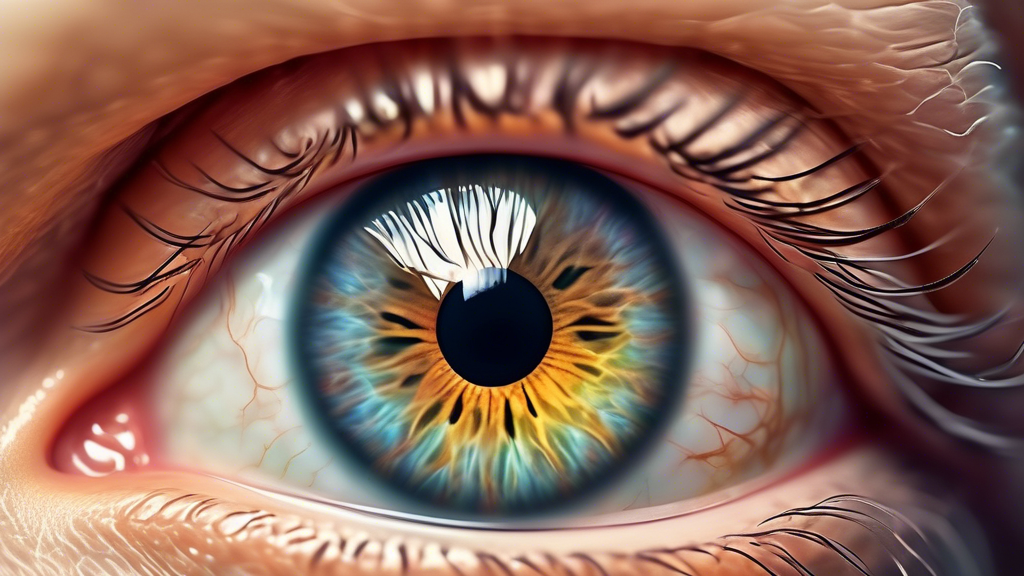Understanding Polycoria: When One Eye Has Multiple Pupils
Polycoria is a rare eye condition characterized by the presence of more than one pupil in a single eye. This intriguing anatomical anomaly can occur in one or both eyes and can have various implications for a person’s visual acuity and overall eye health. Understanding polycoria involves exploring its causes, symptoms, diagnosis, treatment, and the functional implications for those affected.
What is Polycoria?
Polycoria is derived from the Greek words poly, meaning many, and kore, meaning pupil. It involves the presence of multiple pupillary openings in the iris. Typically, the human eye has one central pupil, the black circular opening in the center of the iris that regulates the amount of light entering the eye. In polycoria, additional pupils appear, each potentially capable of allowing light into the eye, although often only one pupil is functional.
Types of Polycoria
Polycoria can be classified into two types: true polycoria and pseudopolycoria.
- True Polycoria: This is the less common form where each pupil has its own separate sphincter muscles and reacts independently to light. True polycoria can be more problematic, potentially leading to significant visual disturbances.
- Pseudopolycoria: More commonly observed, pseudopolycoria involves additional openings in the iris that resemble pupils but do not have independent sphincter muscles. These additional openings are often non-functional and do not respond to changes in light. Pseudopolycoria can occur due to iris defects, previous surgeries, or injuries.
Causes and Risk Factors
The exact causes of true polycoria remain unclear and it can be a congenital condition, meaning it is present at birth. Genetic factors may play a role, and in some cases, polycoria can be associated with other eye conditions or syndromes, such as Axenfeld-Rieger syndrome, an autosomal dominant disorder affecting eye development.
On the other hand, pseudopolycoria is often acquired and can result from trauma, surgical interventions, or diseases that cause degenerative changes in the iris. For example, an injury might lead to the formation of additional openings, mimicking multiple pupils.
Symptoms of Polycoria
In many cases, polycoria may not cause any symptoms and be detected only during a routine eye examination. However, some individuals might experience visual disturbances such as:
- Blurred vision
- Glare or halos around lights
- Photophobia (light sensitivity)
The degree to which vision is affected largely depends on whether the additional pupils are functional and how they interact with the main pupil.
Diagnosis
Diagnosing polycoria involves a comprehensive eye examination. An eye care professional might use tools like slit lamp examination and high-resolution imaging techniques such as optical coherence tomography (OCT) to study the details of the iris structure. These examinations help differentiate true polycoria from pseudopolycoria and determine the functionality of each pupil.
Treatment and Management
Treatment for polycoria is not always necessary, especially if the condition is not affecting vision. However, if associated with other eye conditions or if significant visual impairment is present, treatment focuses on addressing the underlying causes or managing the symptoms. In some cases, surgical intervention might be necessary to correct deformities or repair iris damage.
Regular monitoring and eye exams are crucial for individuals with polycoria to ensure that any changes in their vision or eye health are promptly addressed.
Living with Polycoria
Most individuals with polycoria, especially pseudopolycoria, lead normal lives with little to no impact on their daily activities. Adjustments might be necessary, such as using sunglasses for increased light sensitivity. For those with significant symptoms, customized visual aid and eye care can help manage the condition effectively.
Understanding polycoria is essential for prompt diagnosis and appropriate management, ensuring that individuals with this rare condition can maintain a high quality of life and optimal eye health.
Exploring the Meaning of a 3Dream Within a Dream
Dreaming of Beards: Unraveling the Symbolism







